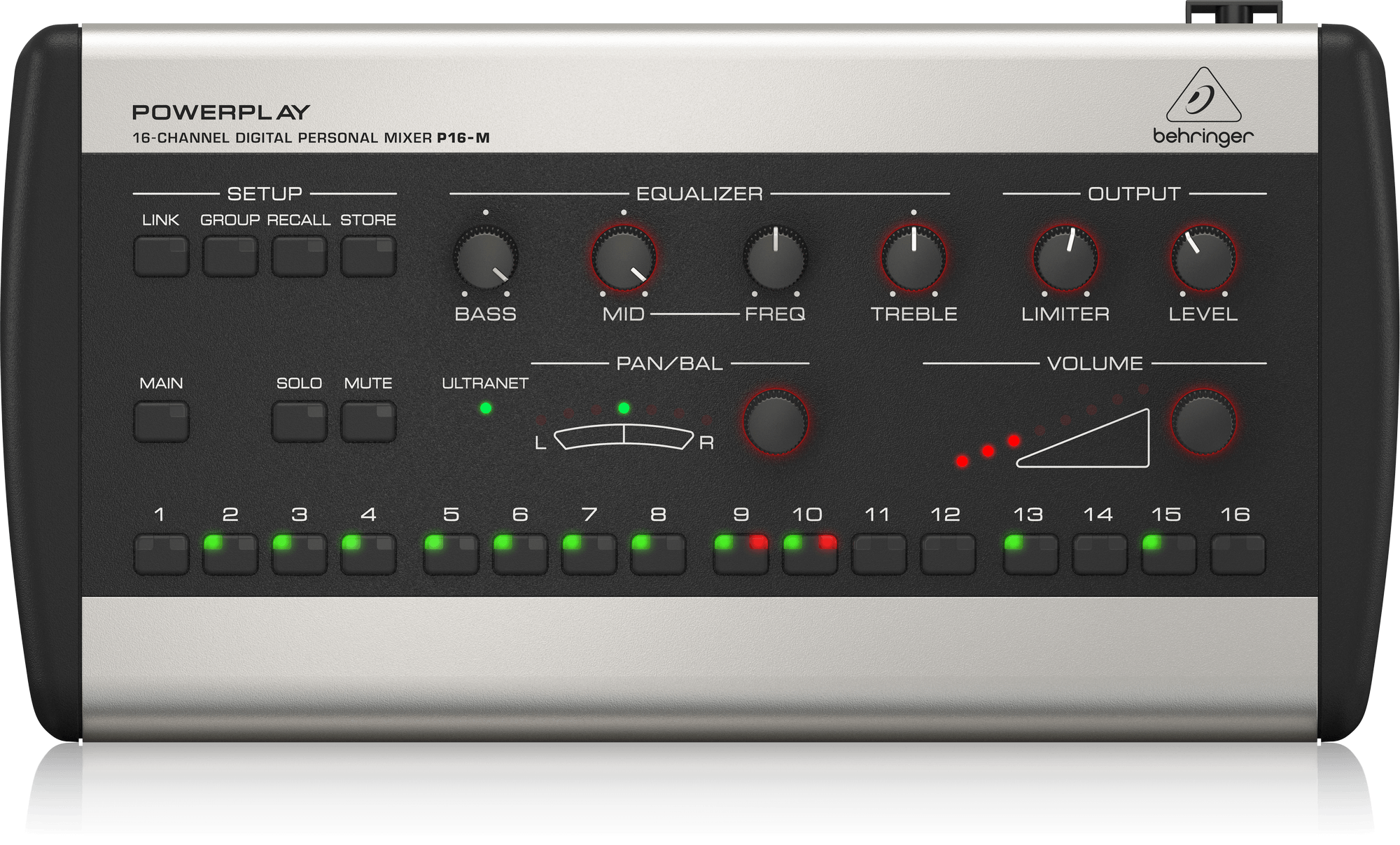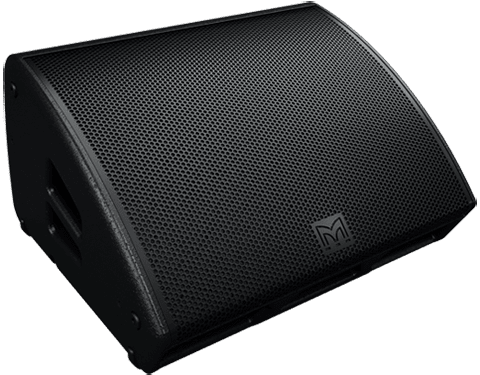👂🏻 Hearing Yourself On Stage

In my years performing at weddings, corporate events, festivals, and clubs, and more, I have primarily been a keyboard player and/or singer and because of this (being a keyboardist), I’ve learned that having the right monitoring setup can make or break your performance. One of the bigger challenges I have faced performing live is being able to hear myself clearly on stage. Sometimes, I am not turned up in the mix. Sometimes, my keyboard frequencies compete with another instrument on stage. And sometimes, I have no way to hear myself on stage whatsoever.
If you can't hear yourself well, it’s tough to stay in the pocket, connect with your band, and deliver the kind of show your audience deserves.
So, what’s the best way to hear yourself on stage? Let’s break down some common options and explore what might work best for you.
1. Wedges (Floor Monitors / Stage Monitors)
What They Are: Wedge monitors are the traditional speakers placed on the floor, angled up at the performer to provide a dedicated mix of the performance.
Pros:
- Natural feel – sound is coming from the stage, which feels more like playing without monitors.
- Easy to adjust if you have a dedicated sound engineer.
- Budget-friendly compared to more advanced systems.
Cons:
- Sound bleed – wedges can spill sound onto the stage and muddy up the overall mix.
- Feedback issues, especially with vocal microphones.
- Limited control – unless you have your own sound person, you’re stuck with what’s provided.
Best for: Musicians who prefer a "live" feel on stage and don’t mind some ambient noise. Great for smaller venues like bars and clubs where you don’t have complex monitoring needs.
2. In-Ear Monitors (IEMs)

What They Are: In-ear monitors are custom or universal-fit earbuds that provide a direct audio feed, isolating stage noise and allowing for a controlled personal mix.
Pros:
- Incredible clarity – you can hear every detail in your mix.
- Noise isolation – blocks out stage and crowd noise, helping you stay locked in.
- Portability – easy to bring to any gig.
- Ear Protection – you will hear more and need less sound, ultimately protecting your ears.
Cons:
- Feeling of isolation – some musicians feel disconnected from the stage and audience.
- Initial investment – custom molds and wireless packs can be pricey.
- Learning curve – takes time to adjust to the isolated sound.
Best for: Performers who want consistency and control over their mix, especially in larger venues or high-volume environments like corporate events and festivals.
3. Personal Monitor Mixing Systems

What They Are:These systems, such as the Behringer P-16 or Aviom personal mixers, allow each musician to control their own mix on stage using a small control unit.
Pros:
- Complete control – each musician can dial in exactly what they want to hear.
- Customization – adjust levels on the fly without relying on the sound engineer.
- Can be used with both wedges and IEMs.
Cons:
- More setup required – each musician needs their own mixer.
- Additional cost – requires investment in a multi-channel system.
- Learning curve – takes some trial and error to dial in a great mix.
Best for: Bands that play consistently together and want a tight, reliable sound across all types of venues.
My Personal Recommendation
If you’re just starting out, wedges might be the easiest way to go – but if you’re serious about delivering a professional performance, in-ear monitors (with a personal mixing system, if possible) might give you the best results.
If you want to take your monitoring setup to the next level, consider investing in a personal mixing system like a Behringer P-16 personal monitoring system. It’s one of the easiest ways to fine-tune your mix without relying too much on a front-of-house engineer.
It's Really Up to You
Ultimately, the best monitoring solution for you depends on your gigging environment, budget, and personal preference. I have gone back and forth between wedges and IEMs for many years, and it really depends on each situation. In the 4 bands I have performed with over the last year, 3 of them use wedges (or the main sound system) to hear themselves, while the 4th band uses a personal monitoring system to provide either in-ears or wedges to each performer based on their personal preference.
My challenge to you? Step out of your comfort zone and try something new. Whether it’s experimenting with in-ears or dialing in your wedges better, improving your on-stage sound could take your performance to another level.
Got any questions about setting up your stage monitoring? Drop them in the comments or check out my resources and courses here at dannyrobertsonmusic.com. Let’s make your next performance the best one yet!
Danny
Be the Performer You Are Meant to Be
Join The Performer Perspective
When you signup, we'll be sending you weekly emails with additional free content.




